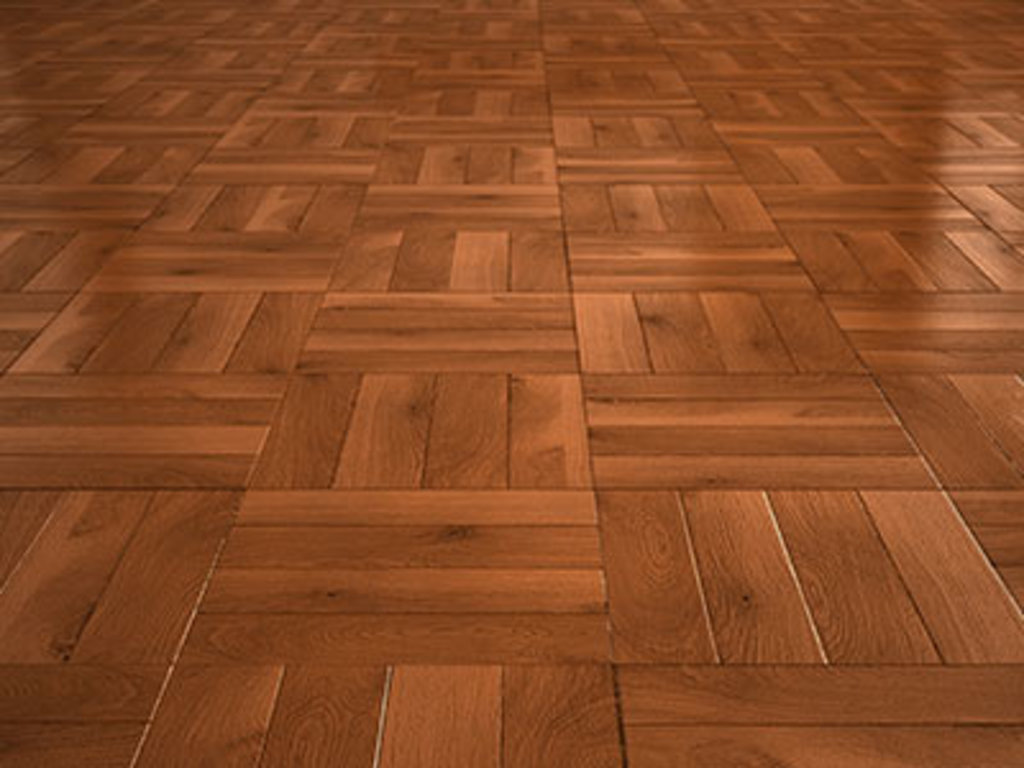 Polyurethane is among the most popular wood floor finish options and homeowners usually opt for it because of the great variety of polyurethane finishes are available and because of the durability and long-lasting power of this type of wood finish. Let's find out more about polyurethane finishes in this guide article.
Polyurethane is among the most popular wood floor finish options and homeowners usually opt for it because of the great variety of polyurethane finishes are available and because of the durability and long-lasting power of this type of wood finish. Let's find out more about polyurethane finishes in this guide article.
How Is the Floor's Luster Measured?
Every wood floor has a natural level of lustre or a sheen level along with the additional lustre that comes from the wood floor finish of choice. In a nutshell, the lustre of a wood floor is determined by the extent to which the floor's surface is reflecting light at a particular angle. There is a device that is designed for measuring the lustre of a wooden floor and it is called a gloss meter. The gloss meter measures the amount of reflected light from the light beam at a given angle of the floor. Since some floors and finishes will reflect more light at a particular angle than others, naturally, there will be a scale that categorizes the different extents of light-reflecting abilities of every wooden floor and every finish.
The scale starts with the "high gloss" option, which, as the name suggests, reflects the biggest amount of light. Wood floors cannot naturally come with a "high gloss" effect as there is no treatment that can add this effect to bare wood. The "high gloss" effect is achieved with the help of wood floor finishes and usually, a polyurethane finish can ensure glossiness to this extent. On the other side of the spectrum are the matte finishes that are the least glossy and reflect the least amount of light. However, in between these two contrasting poles there is a whole spectrum of different extents of lustre and shininess and today we will have a more in-depth look at them
Does a Polyurethane Finish Affect the Colour of the Floor?
Polyurethane wood floor finishes are available in two main categories - oil-based polyurethane finishes and water borne polyurethane finishes. Whether or not the polyurethane finish will change or affect the natural colour of the wooden floor depends on the type of finish you are going to choose.
Generally, oil-based polyurethane finishes always have an additional yellow tint to them. Therefore, when added to a wooden floor, they add an amber tone to the natural colour of the wood species that gets more intense and warmer over time. However, keep in mind that this will happen over many years, therefore, it is not something you need to consider in the beginning, right when the floor is finished with an oil-based polyurethane.
However, if you are planning a wood floor staining treatment along with finishing the floor with an oil-based polyurethane and your stain of choice is a light one, keep in mind that the oil-based polyurethane finish may darken the colour a little bit and add a warmer undertone to it, but nothing really significant or dramatic. However, when it comes to dark stains and colours, the yellow tint of the oil-based polyurethane finish won't be visible at all. In fact, oil-based polyurethane finishes have the most significant effect on white and grey stains, therefore, always make sure to opt for water bourn polyurethane finish when it comes to these colours.
Maple wood species is another wood flooring that can be affected by oil-based polyurethane because it is naturally light in colour. Because of the beauty of its natural colour and how rare it is, it is recommended to choose water bourn polyurethane finish instead of an oil-based, because the letter one will add a yellowing effect to the naturally beautiful colour of maple.
Choosing between oil-based and water bourn polyurethane finish will determine whether the floor will get the yellowing effect and amber undertone over time, however, the sheen of the finish does not affect the colour of the floor. Water bourn polyurethane finish has little tint or no tint at all and does not affect the colour of the floor. Therefore, water bourn polyurethane is the best choice for white, grey, and natural light wood floors such as maple.
Interested in learning more about the different types of polyurethane wood floor finish? Make sure to check out part two of this guide.